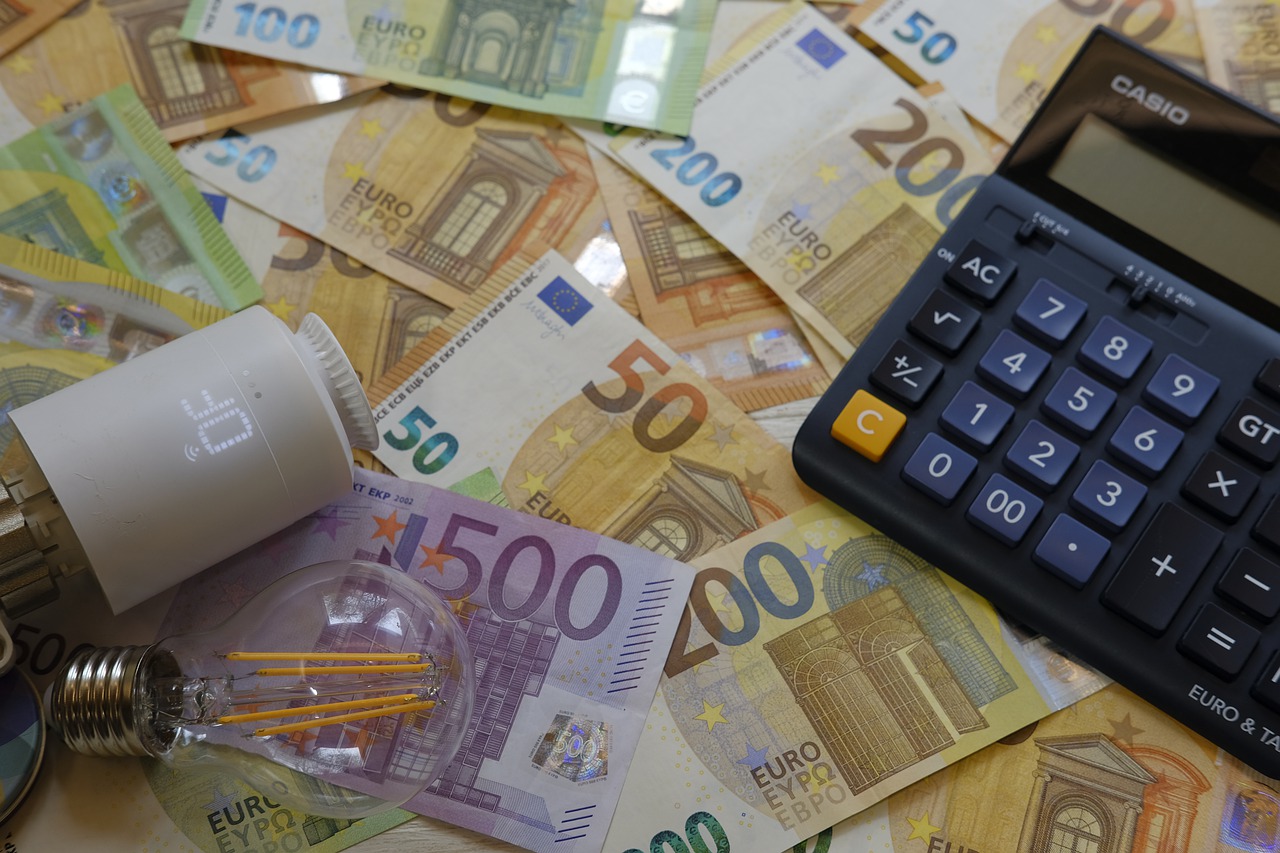Euro-Dollar Exchange Rate Dynamics: Fed Influence, Seasonal Trends, and Global Currency Impacts
GPT_Global - 2025-11-13 23:31:01.0 16
How does the US Federal Reserve affect the euro-dollar exchange rate?
Understanding the impact of the US Federal Reserve (Fed) on the euro-dollar exchange rate is crucial for businesses in the remittance industry. The Federal Reserve, as the central bank of the United States, influences the value of the US dollar through its monetary policies, which can have direct effects on currency exchange rates. The decisions made by the Fed regarding interest rates, inflation, and overall economic stability can cause the US dollar to either strengthen or weaken against the euro.
When the Fed raises interest rates, it often leads to a stronger dollar because higher rates attract foreign investment, which increases demand for the US dollar. Conversely, when the Fed lowers interest rates, the dollar can weaken as investors seek better returns elsewhere. This fluctuation is essential for remittance businesses that deal with currency conversion, as even small changes in the exchange rate can significantly affect the cost of remittance transactions.
For remittance companies, understanding these dynamics helps in predicting market movements and planning for potential risks. By staying informed about the Fed's actions, businesses can offer more accurate and competitive exchange rates, benefiting both senders and recipients of remittance transfers.

What currencies are stronger than both the euro and the dollar?
When it comes to international remittance, understanding the strength of different currencies is crucial. The Euro (€) and US Dollar ($) are widely used and accepted, but there are several currencies that are stronger than both.
One example is the Kuwaiti Dinar (KWD), which has consistently held the title of the world's strongest currency. The high value of the Kuwaiti Dinar is supported by the country's substantial oil exports and strong economy.
Another strong currency is the Bahraini Dinar (BHD). Like Kuwait, Bahrain's economy benefits from its oil reserves, contributing to its high currency value.
The Omani Rial (OMR) is also stronger than the Euro and Dollar. Oman’s relatively stable economy and policies aimed at maintaining the currency's value help the Rial stand out.
For those sending money internationally, understanding these strong currencies is important, as they can significantly impact exchange rates and remittance fees. Using a service that provides favorable exchange rates for strong currencies like the KWD, BHD, and OMR can help maximize the value of money sent across borders.
Are there certain times of year when the euro is stronger against the dollar?
In the world of remittance, understanding currency fluctuations is crucial for both senders and receivers. One common question is whether there are specific times of year when the euro is stronger against the dollar. The answer isn't fixed, but there are patterns to consider. Various factors, including economic events, geopolitical developments, and market trends, can influence the exchange rate between the euro and the dollar.
Historically, the euro tends to strengthen during periods of positive economic data from the European Union, especially when there is a strong growth outlook or favorable trade balances. On the other hand, the euro might weaken during times of uncertainty, such as political instability or financial crises within the Eurozone. Additionally, market behavior around major holidays, like the end of the year, can affect exchange rates, as traders and investors adjust their portfolios.
For businesses involved in remittances, monitoring these trends is essential. Understanding when the euro is likely to strengthen against the dollar allows senders to time their transfers better, ensuring they get the most value out of their remittance. Keep an eye on economic reports and global events to predict currency movements and optimize your money transfer strategy.
How would 100 euros convert to dollars in a non-bank exchange service?
When transferring money internationally, one of the main concerns is how much you will get in the local currency. A common scenario is converting euros to dollars through a non-bank exchange service. These services often offer better exchange rates than traditional banks, which can be highly beneficial for anyone making a money transfer.
Non-bank exchange services, such as online platforms or local currency exchange booths, typically have lower overhead costs, allowing them to pass on the savings to customers. However, it's important to note that exchange rates vary depending on the provider, the amount being exchanged, and market conditions.
For example, 100 euros might convert to a slightly higher or lower amount of dollars compared to what you'd get at a bank, depending on the current exchange rate and the service fee applied. Always check the rate beforehand to ensure you're getting a competitive deal.
Overall, using a non-bank exchange service for transferring euros to dollars can be a smart choice, especially for individuals seeking better value in their remittance transactions. Just be sure to compare rates and fees before making a transfer to avoid surprises.
Does the conversion from euros to dollars change on weekends or holidays?
When sending money internationally, especially from Europe to the United States, one common question arises: Does the conversion from euros to dollars change on weekends or holidays? The answer depends on how currency exchange markets operate. Currency markets typically work during business hours on weekdays and are closed on weekends and holidays.
Because of this, exchange rates are subject to fluctuation during open market hours, meaning the value of the euro against the dollar can change from day to day. However, on weekends or holidays, when the markets are closed, the rates are generally fixed based on the most recent weekday's closing rates. If you're sending money during these times, the exchange rate you get may differ slightly once the markets open again, but this typically won't be a major change unless there are significant global events affecting the economy.
For those sending remittances, it’s always a good idea to check rates in advance or use services that offer locked-in rates, ensuring you get the best possible conversion regardless of market fluctuations.
How can exchange rates differ from one currency exchange service to another?
Exchange rates play a major role in determining how much money your recipient receives when you send a remittance. However, these rates can vary widely between currency exchange services, often leading to noticeable differences in the final amount. Understanding why these variations occur can help you make smarter transfer decisions.
Different providers use distinct pricing models. Banks, for example, often include higher margins in their exchange rates to cover overhead costs. Online money transfer platforms or specialized remittance companies, on the other hand, typically offer more competitive rates due to lower operational expenses. These companies may update rates more frequently to reflect real-time market conditions.
Other factors also affect exchange rate differences, such as transaction size, destination country, and transfer speed. Some services offer better rates for larger transfers or slower processing times. Before sending money, compare exchange rates and fees from multiple providers. A small rate difference can have a significant impact on your recipient’s payout. Choosing a transparent and reliable remittance service ensures you get the best value for your international transfers.
Is the euro-dollar exchange rate more volatile than other major currency pairs?
The euro-dollar exchange rate (EUR/USD) is one of the most widely traded currency pairs globally, but is it more volatile than other major currency pairs like the British pound-dollar (GBP/USD) or the Japanese yen-dollar (JPY/USD)? Volatility is influenced by factors like geopolitical events, economic reports, and central bank policies, and the EUR/USD is often affected by these elements due to its high trading volume and global importance.
Compared to other pairs, the euro-dollar exchange rate tends to show more stability because of the European Central Bank's (ECB) policy decisions and the strong economic relationship between the eurozone and the U.S. However, this doesn't mean it's immune to volatility. Events like interest rate changes, economic crises, or political instability can lead to significant fluctuations in the EUR/USD rate.
For remittance businesses, understanding this volatility is crucial. Since many remittances are sent using major currencies like the euro or the dollar, knowing how exchange rates fluctuate can help businesses optimize their strategies for cost-effectiveness and minimize losses for customers. Tracking the volatility of major currency pairs is key to making informed decisions in the fast-paced world of international money transfers.
About Panda Remit
Panda Remit is committed to providing global users with more convenient, safe, reliable, and affordable online cross-border remittance services。
International remittance services from more than 30 countries/regions around the world are now available: including Japan, Hong Kong, Europe, the United States, Australia, and other markets, and are recognized and trusted by millions of users around the world.
Visit Panda Remit Official Website or Download PandaRemit App, to learn more about remittance info.


